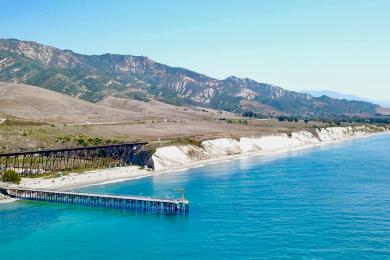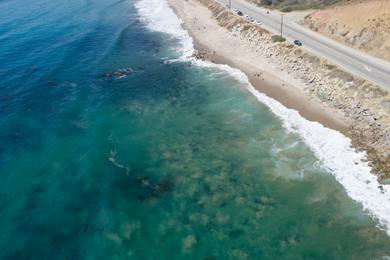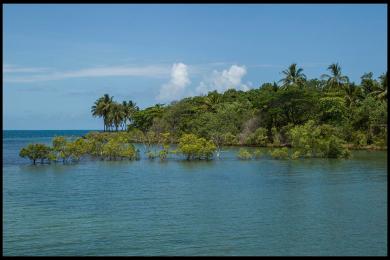Overview
Hammerhead sharks belong to the Sphyrnidae family and are easily recognizable by their distinctive hammer-shaped heads. This unique head shape, called a cephalofoil, is flattened and widened, with eyes and nostrils located at the ends of the "hammers." The cephalofoil helps them detect prey more effectively and maneuver in tight spaces. Hammerheads are further distinguished from other shark species by their large, crescent-shaped pectoral fins and their relatively small, pointed snouts.
Commonly found in:
- Australia
- Bahamas
- Brazil
- Cuba
- Egypt
- Fiji
- Indonesia
- Mexico
- New Zealand
- Philippines
- South Africa
- Spain
- United States
- Venezuela
- Western Sahara
Over the past 93 years, there have been 43 recorded attacks by hammerhead sharks. Of these attacks, they have occurred at sea and at the following beaches:
Size and Weight
- Size: Males average between 10-14 feet when mature; females average between 11-15 feet when mature
- Weight: Males typically weigh 500-800 pounds; females typically weigh 600-1,000 pounds
- Swimming speed: Both sexes can reach speeds of 25 mph
Interaction with Humans
- Interaction with Humans: Generally non-aggressive, rarely attack humans
- Avoidance: Stay out of coastal waters during low light conditions
- Activity: Most active during dawn and dusk
Lifespan and Diet
- Lifespan: Males generally live 20-30 years; females generally live 25-35 years
- Diet: Primarily fish, squid, and crustaceans; hunt by using their hammer-shaped head to detect electrical signals from prey
Migratory Patterns
Hammerhead sharks exhibit migratory patterns throughout the year. They typically start their migrations in coastal areas of tropical and temperate regions, such as the Gulf of Mexico, the Caribbean Sea, and the eastern Pacific Ocean near Costa Rica and Panama. These sharks then move to cooler, deeper waters in the open ocean, often traveling to areas around the Galapagos Islands, Cocos Island, and the coast of Ecuador. Some populations have been observed moving between the Gulf of California and southern California. Hammerheads also migrate along the eastern coast of Africa, from South Africa to Mozambique and Tanzania. Their migrations are influenced by water temperature, food availability, and breeding cycles.







